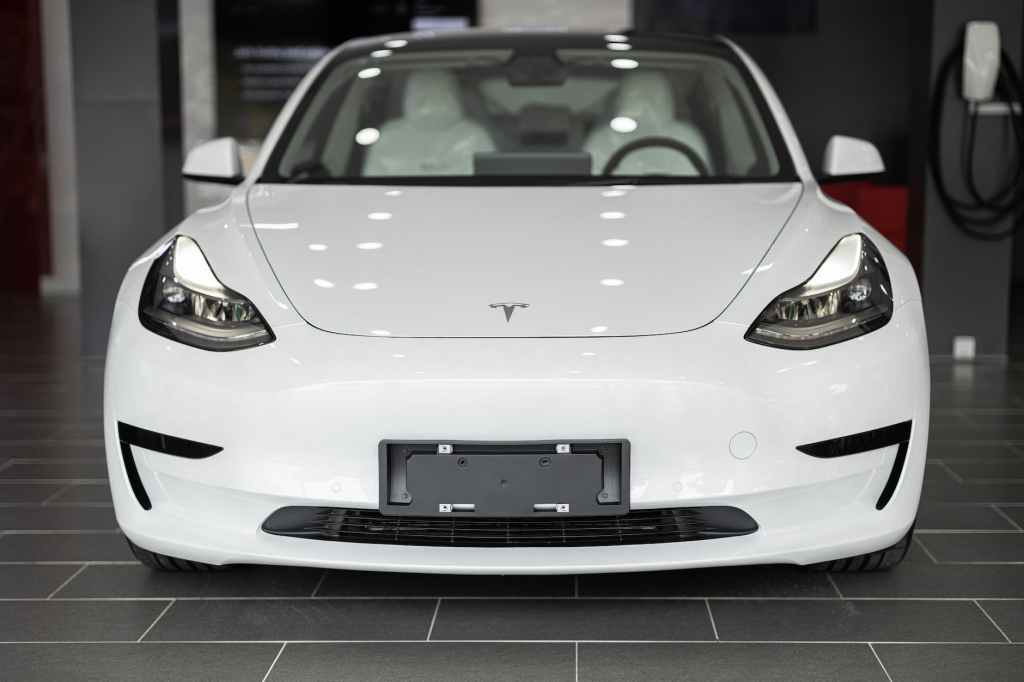Modern electric cars have gained a well-deserved reputation for being environmentally friendly. However, their “green” image is not entirely accurate. While they produce no tailpipe emissions, electric vehicles still indirectly contribute to global warming, although not to the same extent as fossil fuel-powered vehicles.
The overall environmental impact of electric vehicles stems from two major sources:
- The production processes involved in manufacturing materials used in electric vehicles and assembling them at automotive plants.
- The generation of electricity used to recharge electric vehicles.
These sources involve activities such as extracting, refining, and transporting raw materials for vehicle components and fuels. The latter are utilized in thermal power plants to generate electricity and in manufacturing facilities for vehicle production. Approximately 35% of total greenhouse gas emissions for electric vehicles come from battery and vehicle manufacturing. In contrast, for gasoline-powered cars, only 9% of life cycle emissions come from making the vehicles themselves. Essentially, manufacturing an electric vehicle emits more greenhouse gases than manufacturing a comparable gasoline vehicle.

Despite these drawbacks, electric vehicles have a significantly lower impact on climate change compared to their fossil fuel-powered counterparts. Driving an electric car results in lower emissions than even the most fuel-efficient gasoline cars. Studies indicate that the emissions from the most efficient electric car are one-fifth of those from an average new gasoline car and over 60 percent less than the most efficient gasoline car available. Even larger electric vehicles, like pickup trucks, emit fewer emissions than their gasoline or diesel equivalents.
Given that the majority of a vehicle’s lifetime greenhouse gas emissions occur during its use, the reduced emissions from driving an electric vehicle outweigh the higher emissions from its manufacturing. In fact, after approximately 21,000 miles of driving, equivalent to about 22 months based on average annual mileage for an electric car with a 300-mile range, the emissions savings from driving an electric car offset the initial emissions associated with its manufacturing. Electric trucks reach this breakeven point even sooner. Consequently, electric vehicles represent a superior choice for reducing carbon emissions and air pollution.■
Sources
- Reichmuth, D. et al. (2022). Driving Cleaner: How Electric Cars and Pick-Ups Beat Gasoline on Lifetime Global Warming Emissions. Union of Concerned Scientists.
- One of the biggest myths about EVs is busted in new study | The Verge
- How Electric Cars Can Become Truly ‘Green’, Once and For All – Science in the News | Harvard Gradual School of Arts and Sciences
- How much emissions do electric cars produce? | USA Facts
- Electric Vehicle Myths | US EPA
- Building a North American electric vehicle supply chain | Brookings
- Cover image by Screen Post on Pexels.com.



Leave a comment